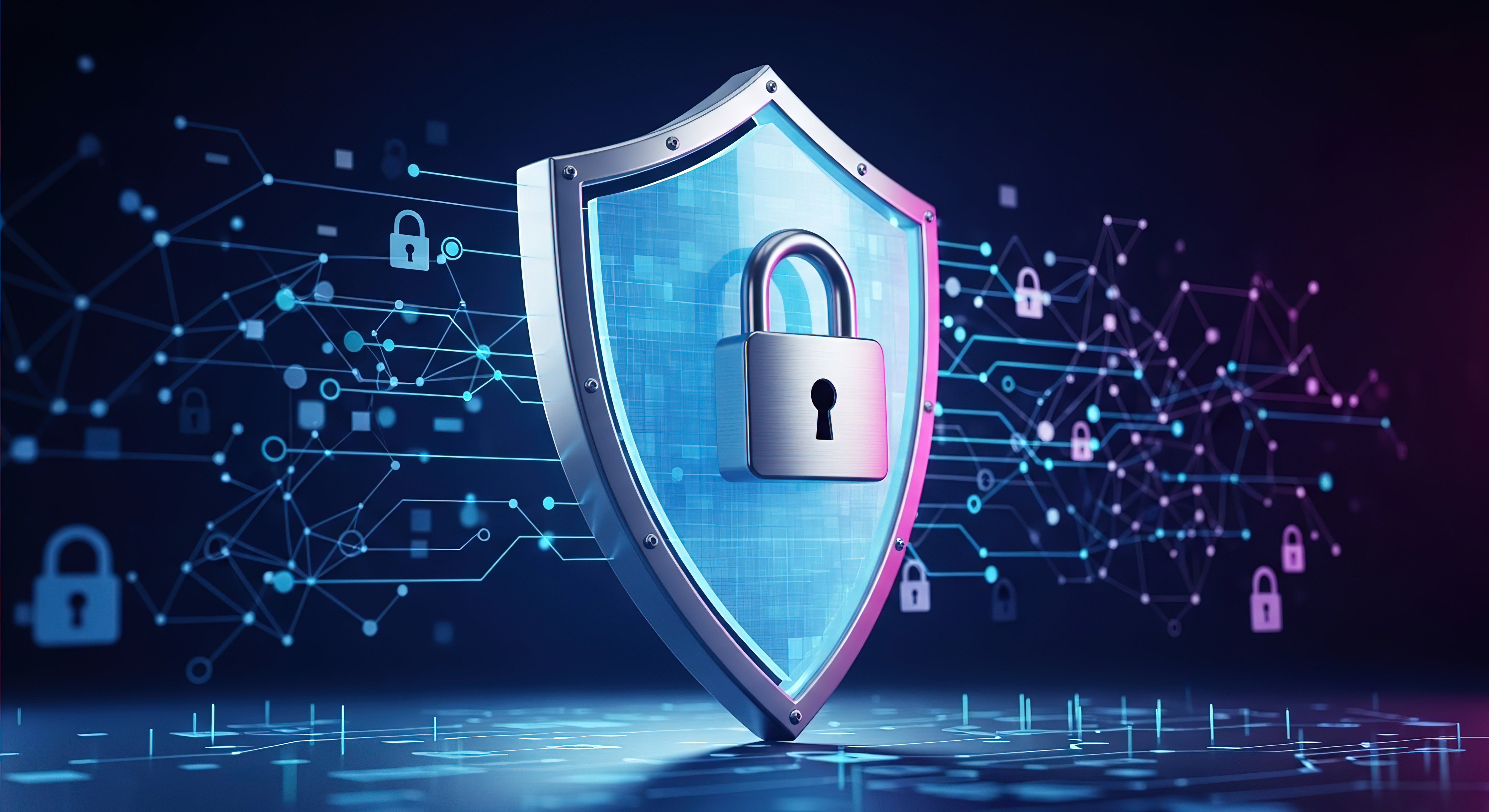
Thomas Cox recently joined us here at Mewburn Ellis. Thomas is a trainee patent attorney in engineering and ICT group. He has a strong and recent background in space technology. We had a chat with Thomas to explore his interests.
Thomas – it’s great to have you here at Mewburn – what brought you here?
After graduating from university, I went straight into a career of training to be a patent attorney as the job description seemed like the perfect fit for me: being encouraged to be as pedantic and detailed-oriented as possible whilst also having the opportunity to be exposed to new and fascinating technologies that will have real impacts on our world. I decided to join Mewburn Ellis not only because of Mewburn’s established excellence in all things IP, but also because Mewburn has a great reputation for being a supportive, inclusive and forward-thinking firm.
You have a degree in physics. Many of us here studied physics – what led you down that path?
I’ve always enjoyed learning about how the world around us works and using my creative and analytical skills to solve problems. I went down the path of studying Physics at university because, and with all due respect to all the Chemists and Biologists out there, I just think that Physics is the most interesting science! Where else can you learn about everything from the very smallest parts of the universe, such as quantum mechanics and laser physics, to the very largest, such as black holes and gravitational waves?
Your Masters project was on the topic of detecting geostationary satellites in image data. Can you tell us a bit more about that? What made you choose that project? That sounds very interesting.
My project focused on developing reliable and sensitive techniques to detect geostationary satellites from a sequence of images of space captured by a camera based on Earth. The aim of the project was to develop computer algorithms that would identify whether a geostationary satellite was present on the image and, if so, identify the exact pixels in each image that corresponded to the geostationary satellite. The project was challenging due to each image only having a small number of pixels that would correspond to the satellite and due to the presence of stars and background noise in the images that could obscure the satellite from being picked up by the camera.
The key to overcoming this challenge was to identify the trajectory of the apparent motion of the satellite across the sequence of images. This apparent motion arose due to the fact that, for consecutive images in the sequence, the camera rotated its position relative to the sky to capture different views. Geostationary satellites have an orbital period of 24 hours and hence do not move relative to the Earth. Therefore, when the camera moved its field of view between consecutive images, the position of the satellite on an image would move correspondingly between consecutive images. Across a complete sequence of images, the satellite would have a characteristic linear direction of travel, which the computer algorithms I created could identify.
I chose this project because I wanted to challenge myself to understand the mathematics behind satellite orbits, star movements and background noise, and then translate that understanding into a computer program. It was a very rewarding project, and certainly helped expand my interest in space technology.
As you qualify as a patent attorney and develop your client base, where would you like to do your work in years to come?
I definitely would like to continue working in the space technology sector. This sector is a massive growth area, and developing a client base in this area would give me the opportunity to work with a wide variety of clients, from large companies to start-ups and SMEs. Additionally, I am invested in the effort to mitigate climate change and so I would like to work with clients who work in green technologies, such as solar, wind, tidal and nuclear fusion.
I also have a special interest in quantum technologies, particularly the expansion in quantum computing and quantum communication more broadly. There is a lot of great research being done to overcome the challenges of building larger quantum computers with more qubits. Quantum computers are fascinating as they have shown that they are able to solve certain complex problems that cannot be solved by classical computers.
There are also interesting developments at the intersection of quantum communication and space technology. A consequence of the drive to build large quantum computers is that current forms of cryptography may become vulnerable to a sufficiently large quantum computer. This is due to the fact that the security of many currents forms of cryptography rely on the difficulty of a computer being able to factor large prime numbers, which is a type of problem that quantum computers have been shown to be able to solve much faster than classical computers.
Post-quantum cryptography technologies such as quantum key distribution are being researched and implemented, which aim to be unbreakable by quantum computers by relying on the fundamental laws of physics to provide security. To improve the range of quantum key distribution, new techniques are being developed to use satellites to transmit and receive quantum signals. I find the underlying physics very interesting and so I’d be keen to develop a client base in this area.
What do you believe will be some of the key areas of development in space tech in years to come?
As I already mentioned, the space technology sector is a massively growing field, with lots of different industries all falling under the space technology umbrella. One of the key areas of development will be in satellite technology. This includes both increasing the number of satellites that are launched into orbit and the development of satellite constellations, but also in technologies to de-clutter Earth’s orbit by removing space debris and old or unused satellites to prevent them from colliding with and damaging or destroying new satellites.
I believe that other key areas of development in space technology include guidance and positioning systems, defence, earth observation and satellite imaging to monitor the effects of climate change, and the implementation of artificial intelligence for data analysis and autonomous navigation.
What do you do for fun?
I enjoy playing sports, such as badminton and dodgeball, and going on hikes and walks, particularly along coastal paths where I can get amazing views and go for a swim. I also play a lot of card games and board games, and I can get very competitive very quickly! Some of my favourite games are Monopoly, Articulate and Boggle.
Thomas is a patent technical assistant in the Engineering practice group, working in the Bristol office. His areas of expertise include telecommunications, artificial intelligence/machine learning and medical devices.
Email: thomas.cox@mewburn.com
Sign up to our newsletter: Forward - news, insights and features
Our people
Our IP specialists work at all stage of the IP life cycle and provide strategic advice about patent, trade mark and registered designs, as well as any IP-related disputes and legal and commercial requirements.
Our peopleContact Us
We have an easily-accessible office in central London, as well as a number of regional offices throughout the UK and an office in Munich, Germany. We’d love to hear from you, so please get in touch.
Get in touch

-1.png)